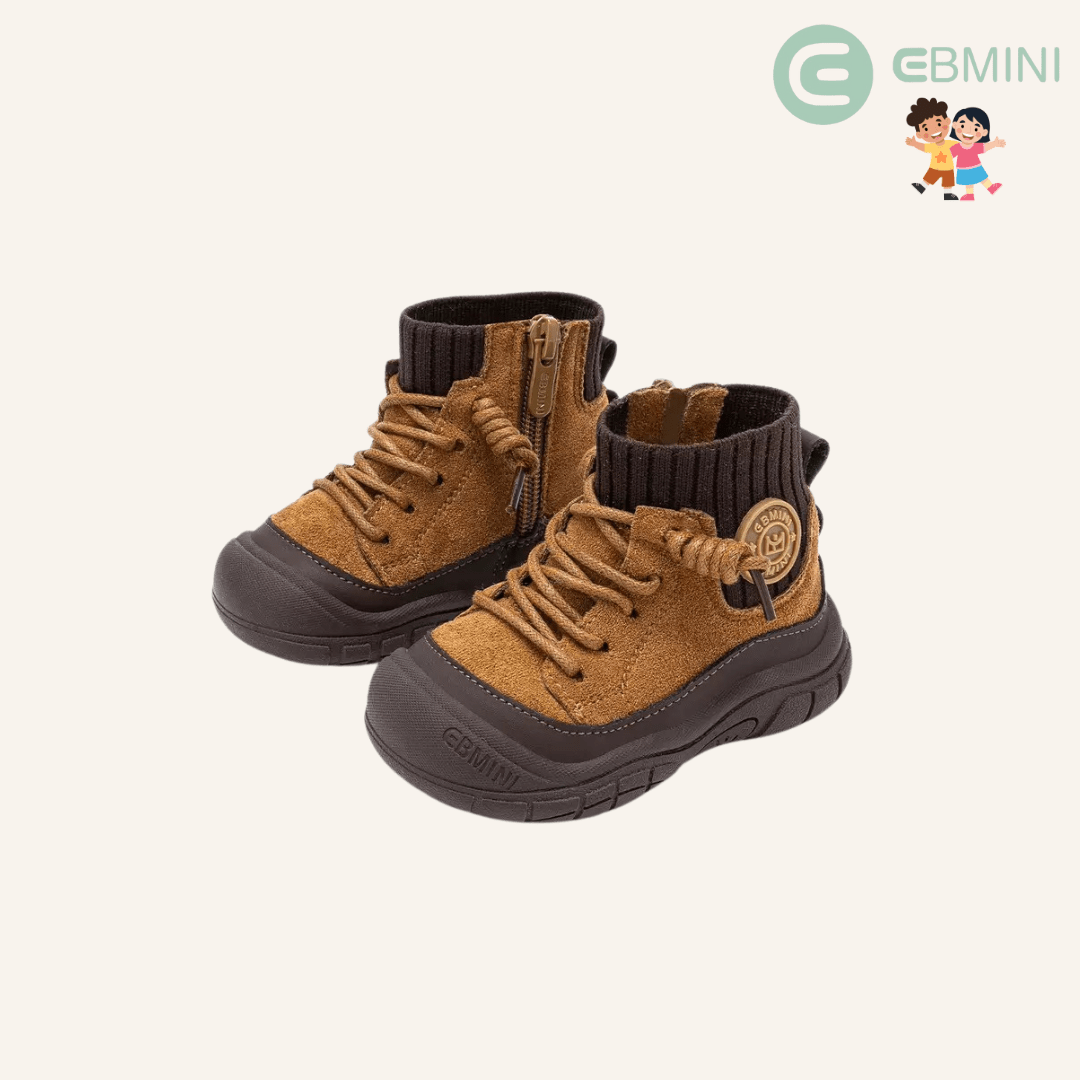
Children's shoes vs. walking barefoot: What does research say?
Share
Why the first steps are crucial
A child's first years lay the foundation for their entire physical development. The feet play a central role: They support the body weight, stabilize the stance, and influence posture and balance. Studies show that children who spend a lot of time barefoot are significantly less likely to develop foot deformities or poor posture.
What does science say about barefoot running?
Scientific studies, including those conducted by the Universities of Jena and Stellenbosch (South Africa), demonstrate that regular barefoot walking strengthens foot muscles, improves balance, and promotes sensory perception. Children who walk barefoot generally have a more stable arch, are better able to balance, and develop a better body awareness. In comparison, many conventional children's shoes inhibit these processes due to stiff soles and overly tight fits.
Why conventional children's shoes are often not a good choice
Many classic children's shoes may look cute, but they're often too heavy, too hard, or too tight. This prevents feet from moving freely. Particularly problematic: Shoes with raised heels or rigid soles can disrupt the natural rolling motion and affect posture in the long term.
EBMINI® barefoot shoes: The natural alternative
With our EBMINI® barefoot shoes, we offer a child-friendly alternative that translates scientific findings into practical application. Our shoes combine ultra-flexible soles with soft, breathable materials and a wide toe box. They support natural foot development and ensure your child can explore the world healthily, freely, and with joy.

